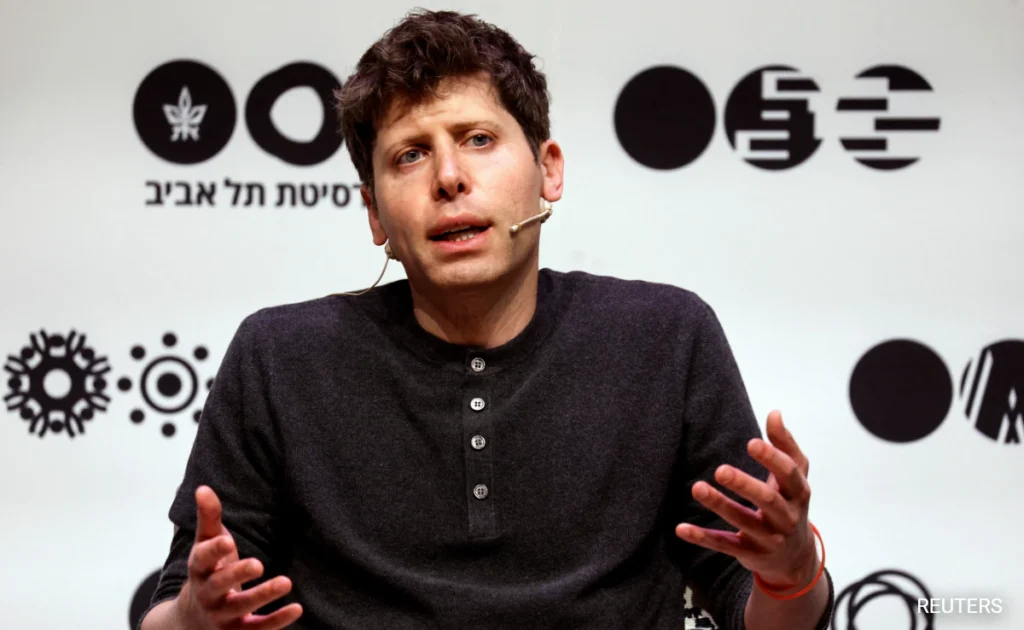OpenAI has recently undergone significant changes in its safety team structure, particularly with the disbandment of its superalignment team. This restructuring comes amidst concerns raised by departing members regarding the organization’s strategic priorities and the handling of safety measures. The formation of a new safety team, led by CEO Sam Altman and comprising key executives and board members, signals a renewed focus on ensuring that OpenAI’s technological advancements adhere to critical safety and security standards.
The mandate of the new safety team is comprehensive, aiming to evaluate and enhance OpenAI’s existing processes and safeguards. This includes analyzing current protocols, identifying potential areas for improvement, and implementing robust safety measures across all projects and operations. By prioritizing safety, OpenAI seeks to address concerns about the responsible development and deployment of AI technologies.
Central to the safety team’s responsibilities is the presentation of their findings to OpenAI’s board for review and consideration. The board, consisting of influential stakeholders within the organization, will play a pivotal role in assessing the recommendations put forth by the safety team and determining the most effective strategies for implementation. This collaborative approach underscores OpenAI’s commitment to transparency and accountability in its safety initiatives.
In addition to restructuring its safety team, OpenAI has also announced that it is currently in the testing phase of a new AI model. While specific details about the model remain undisclosed, speculation suggests that it may be the highly anticipated GPT-5 model, known for its advancements in natural language processing capabilities. This development reflects OpenAI’s ongoing commitment to innovation and technological advancement in the field of AI research.
The departure of key executives, particularly those from the superalignment team, has raised questions about OpenAI’s strategic direction and organizational culture. Jan Leike, former head of alignment at OpenAI, expressed concerns about the prioritization of “shiny products” over critical safety and ethical considerations. His decision to join Amazon’s Anthropic AI underscores the competitive landscape for top talent in the AI research community.
Leike’s departure highlights the challenges faced by organizations in retaining talent amidst evolving priorities and strategic shifts. It also underscores the importance of fostering a culture that values safety, ethics, and responsible innovation. OpenAI’s restructuring efforts and ongoing development of new AI models reflect a commitment to addressing these concerns and reaffirming its position as a leader in ethical AI development.
Overall, OpenAI’s focus on safety and security measures reflects a broader industry-wide push for responsible AI development. By prioritizing safety and ethics, OpenAI aims to mitigate potential risks associated with AI technologies while advancing the field in a responsible and sustainable manner. As AI continues to evolve, initiatives like these are crucial for ensuring that technological advancements benefit society while minimizing potential harms.
If you like the article please follow on THE UBJ.
